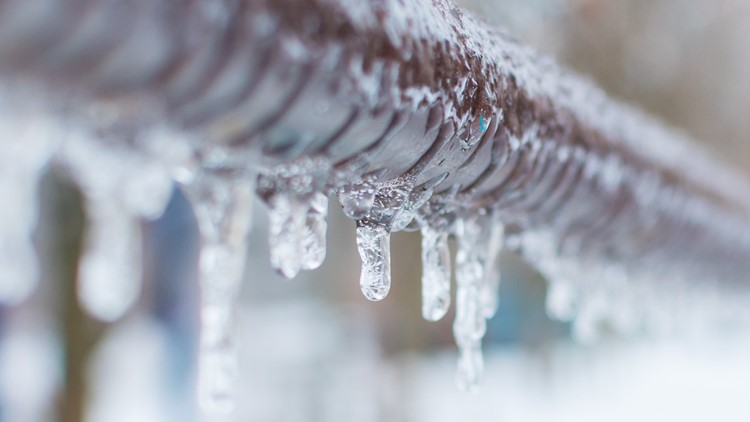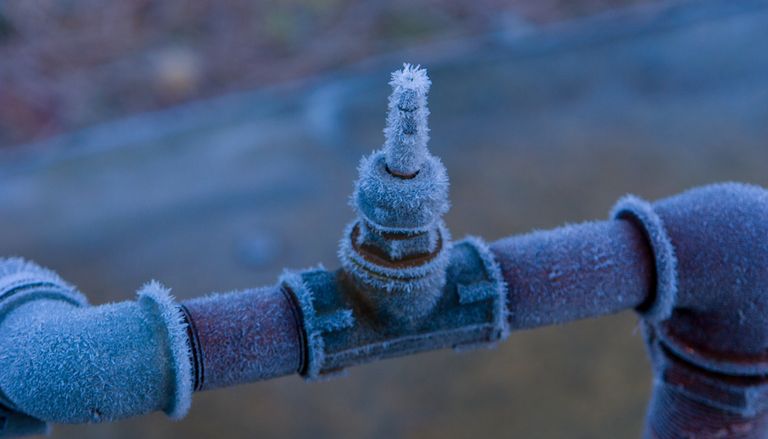Tips for Preventing Frozen Pipes in Winter: Professional Advice
Tips for Preventing Frozen Pipes in Winter: Professional Advice
Blog Article
This great article down below relating to How to prepare your home plumbing for winter weather is really interesting. You should check this stuff out.

Cold weather can wreak havoc on your pipes, especially by freezing pipes. Here's exactly how to prevent it from happening and what to do if it does.
Intro
As temperatures decrease, the danger of icy pipelines rises, possibly bring about costly fixings and water damage. Recognizing how to stop frozen pipes is vital for home owners in cold climates.
Recognizing Icy Pipes
What triggers pipes to ice up?
Pipes ice up when exposed to temperature levels listed below 32 ° F (0 ° C) for expanded periods. As water inside the pipes ices up, it broadens, taxing the pipe walls and potentially creating them to burst.
Risks and problems
Frozen pipelines can lead to water disruptions, residential or commercial property damages, and expensive repair services. Ruptured pipelines can flood homes and trigger comprehensive architectural damages.
Indicators of Frozen Water Lines
Recognizing frozen pipelines early can avoid them from breaking.
How to recognize frozen pipes
Seek decreased water flow from faucets, unusual smells or sounds from pipes, and visible frost on exposed pipelines.
Prevention Tips
Insulating prone pipelines
Wrap pipes in insulation sleeves or utilize warmth tape to protect them from freezing temperatures. Concentrate on pipes in unheated or outside areas of the home.
Home heating methods
Keep interior spaces appropriately heated up, specifically locations with pipes. Open closet doors to permit cozy air to flow around pipes under sinks.
Shielding Outdoor Plumbing
Yard tubes and outside faucets
Disconnect and drain garden hose pipes before winter season. Install frost-proof faucets or cover exterior faucets with protected caps.
What to Do If Your Pipelines Freeze
Immediate activities to take
If you think frozen pipelines, keep faucets open up to ease stress as the ice thaws. Make use of a hairdryer or towels soaked in hot water to thaw pipelines gradually.
Long-Term Solutions
Architectural adjustments
Think about rerouting pipes away from outside walls or unheated locations. Include added insulation to attic rooms, basements, and crawl spaces.
Updating insulation
Invest in high-quality insulation for pipes, attics, and walls. Proper insulation helps keep consistent temperature levels and minimizes the risk of frozen pipes.
Conclusion
Stopping icy pipes needs proactive actions and fast responses. By recognizing the causes, indications, and safety nets, house owners can safeguard their pipes during winter.
6 Proven Ways to Prevent Frozen Pipes and Protect Your Home
Disconnect and Drain Garden Hoses
Before winter arrives, start by disconnecting your garden hoses and draining any remaining water. Close the shut-off valves that supply outdoor hose bibs and leave the outdoor faucet open to allow any residual water to drain. For extra protection, consider using faucet covers throughout the colder months. It’s also important to drain water from any sprinkler supply lines following the manufacturer’s directions.
Insulate Exposed Pipes
Insulating your pipes is an effective way to prevent freezing. Pipe insulation is readily available at home improvement stores and is relatively inexpensive. Pay close attention to pipes in unheated areas such as the attic, basement, crawl spaces, or garage. Apply foam insulation generously to create a buffer against the cold. You can also wrap your pipes in heat tape or thermostat-controlled heat cables for added warmth.
Seal Air Leaks
Inspect your home for any cracks or openings that could let in cold air. Seal any holes around the piping in interior or exterior walls, as well as the sill plates where your home rests on its foundation. Additionally, make sure to keep your garage door closed unless you’re entering or exiting. Leaving it open creates a significant air leak that can lead to frozen pipes.
Allow Warm Air Circulation
During cold snaps, it’s essential to allow warm air to circulate evenly throughout your home. Leave interior doors ajar to promote better airflow. Open kitchen and bathroom cabinets to help distribute heat consistently around the rooms. If you have small children or pets, be sure to remove any household chemicals or potentially harmful cleaners from open cabinets for safety.
Let Faucets Drip
A small trickle of water can make a big difference in preventing ice formation inside your pipes. When temperatures drop significantly, start a drip of water from all faucets served by exposed pipes. This continuous flow helps prevent the water from freezing. Additionally, running a few faucets slightly can relieve pressure inside the pipes, reducing the chances of a rupture if the water inside does freeze.
https://choateshvac.com/6-proven-ways-to-prevent-frozen-pipes-and-protect-your-home/

Do you enjoy reading up on Preventing and dealing with frozen pipes? Leave a remark down below. We would be delighted to hear your thinking about this post. We hope to see you back again in the future. Are you aware of somebody else who is fascinated with the topic? Take a moment to promote it. I treasure your readership.
View Report this page